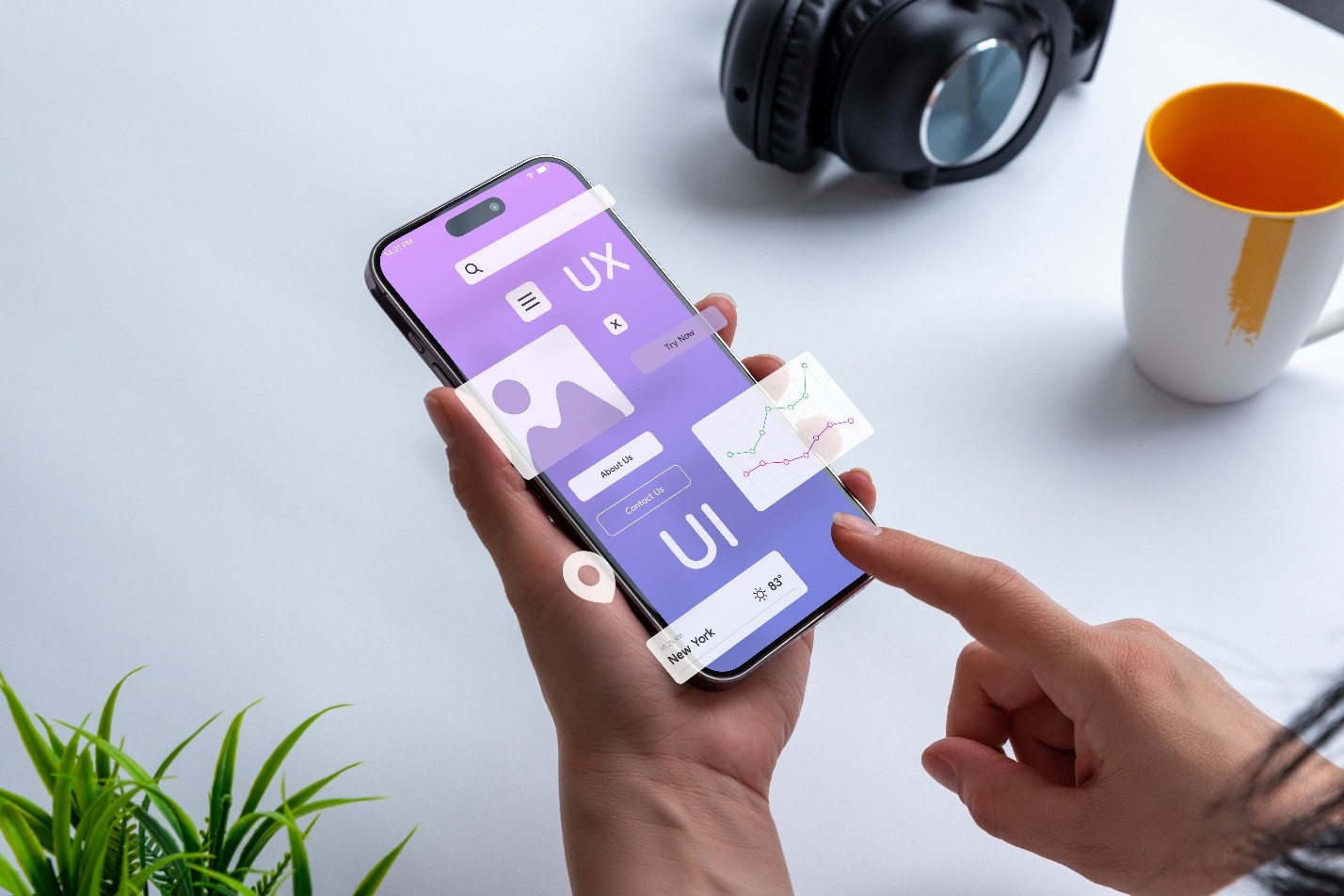
In the digital age, where websites, apps, and digital interfaces play pivotal roles in daily life, terms like UX and UI have become commonplace. However, many people still conflate the two or misunderstand their unique contributions to digital design. While closely related and often overlapping, User Experience (UX) and User Interface (UI) are distinct disciplines, each vital to creating digital products that are not only functional but also enjoyable and easy to use.
Cullen Fischel, an experienced web designer, explores the key differences between UX and UI, why both are essential, and how they work together to enhance websites and digital products.
User Experience design refers to the overall experience a person has when interacting with a digital product or service. Cullen Fischel explains that it encompasses all aspects of the end-user’s interaction, including usability, accessibility, performance, utility, and even emotional satisfaction. UX design is about understanding the user's journey—from the moment they discover a product to their ongoing interactions with it.
UX design involves a range of disciplines including:
A UX designer’s job is to ensure that the product solves a real problem in a logical, accessible, and satisfying way. Cullen Fischel provides the example, in a shopping app, UX design covers how users find products, add them to a cart, and proceed through checkout—with minimal friction.
User Interface design, by contrast, is concerned with the look and feel of a digital product. UI focuses on the visual aspects—colors, typography, button shapes, iconography, spacing, and responsive design. Cullen Fischel understands that it’s the art of crafting a cohesive and aesthetically pleasing interface that aligns with the brand and enhances usability.
Key responsibilities of a UI designer include:
Continuing with the shopping app example, UI design would determine how the “Add to Cart” button looks, what the product listings page visually resembles, and how the checkout process is styled to reduce confusion and create trust.
Although UX and UI are distinct roles, they work in tandem to produce successful digital products. One without the other leads to imbalance. A product with great UX but poor UI might be functionally effective but visually unappealing or confusing to interact with. Conversely, a product with excellent UI but poor UX might look great but fail to meet user needs or be difficult to navigate.
When UX and UI designers collaborate closely, Cullen Fischel explains that they create an experience that is not only effective but delightful.
In an increasingly competitive digital landscape, the synergy between UX and UI can make or break a product. Cullen Fischel shares why both are critical:
1. Improved Usability and Satisfaction
Good UX ensures that users can accomplish their goals without frustration. Good UI adds visual clarity and emotional engagement. Together, they keep users coming back.
2. Increased Conversions
Whether it’s signing up for a newsletter, purchasing a product, or submitting a contact form, optimized UX and UI can significantly improve conversion rates. Simplified navigation (UX) and appealing call-to-action buttons (UI) are key components.
3. Brand Credibility
Users equate a well-designed interface with trustworthiness. Poor UI can make even a useful app seem unreliable, while poor UX can lead to abandonment regardless of how good it looks.
4. Competitive Advantage
Companies that prioritize both UX and UI gain a competitive edge. Products that are easy to use and visually attractive differentiate themselves in crowded markets.
While UX and UI design require different skill sets, the best results come from close collaboration. Cullen Fischel explains that typically the UX designer begins the process with research, user personas, and wireframes. Then, the UI designer brings those wireframes to life with color, typography, and detailed layout.
In Agile environments, this collaboration is ongoing. Feedback loops, user testing, and iteration allow both disciplines to refine the product continuously.
Understanding the difference between UX and UI is crucial for anyone involved in the creation of digital products—whether you're a designer, developer, product manager, or business owner. UX is about how things work; UI is about how things look. But both are intertwined and equally essential.
Cullen Fischel emphasizes that investing in both UX and UI ensures that products are not only usable and accessible but also engaging and visually appealing. In today’s digital economy, where user expectations are higher than ever, delivering seamless and satisfying experiences is no longer optional—it’s the standard.